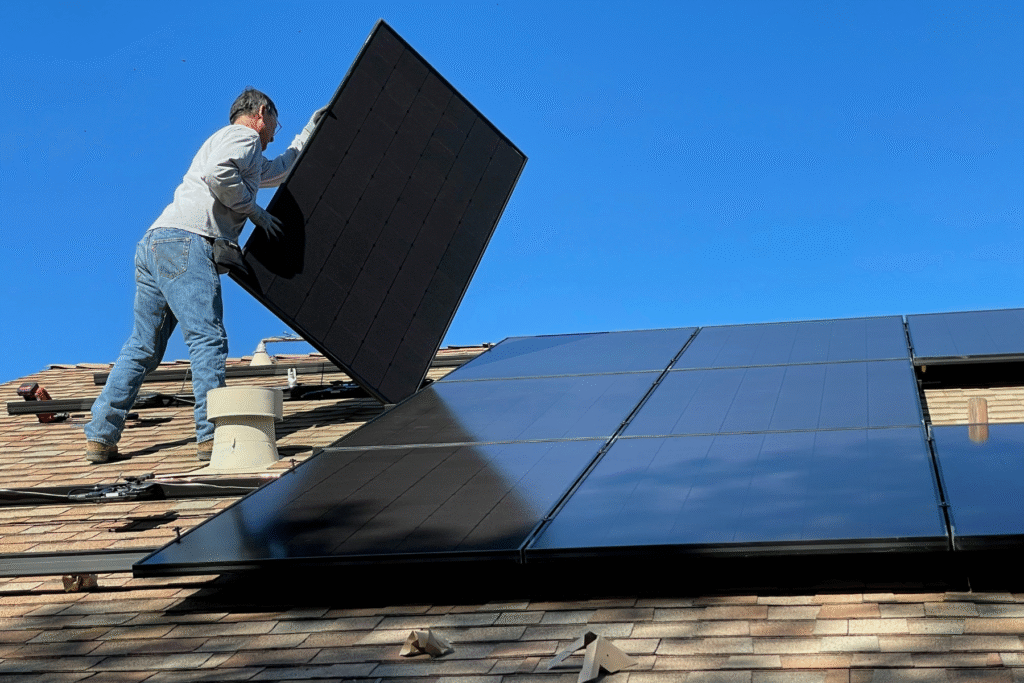
In the debate over grid fees for electricity suppliers, the Chamber of Labor (AK) is backing the federal government’s plans. It is only fair, they argue, that those who use the grid should also pay for it. Currently, producers bear only about 6 percent of the costs, while electricity consumers shoulder 94 percent. Greater cost fairness would lead to more efficient use of the power grid and reduce the need for expansion, said AK energy expert Joel Tölgyes to APA.
Grid fees are intended to ensure fairness and create desired incentives in the system. “For consumers, this has long been discussed—for example, time-dependent grid fees are meant to encourage greater grid use when sufficient capacity is available,” said Tölgyes.
Power-based fees are also part of this approach: they would charge consumers more if they draw large amounts of electricity at once. “Grid expansion depends on simultaneous peak usage—similar to roads, which must be widened when too many cars are on them at the same time,” the expert explained.
Grid Fees Promote Efficient Use Of The Network
“In the ‘old’ energy world, it made sense to focus grid costs mainly on consumers. But now, grid usage increasingly originates from generation,” Tölgyes said. “That means in the future we must create incentives for efficient grid use on the generation side.”
Such incentives could encourage wind farm operators to choose locations with existing strong grid infrastructure, or to build storage systems next to generation facilities so that electricity is fed into the grid only when there is no congestion.
Tölgyes said he cannot understand the criticism of the government’s plan to introduce grid fees for fed-in electricity and criticized producers for mobilizing against it. He pointed out methodological inaccuracies in a study by Aurora for Oesterreichs Energie comparing Austria with other countries. Ultimately, he said, the question is whether a highly profitable industry should pay a fair share for the infrastructure it uses. “We believe such participation is urgently necessary,” said Tölgyes.
Anger Among Homeowners
Economy Minister Wolfgang Hattmannsdorfer (ÖVP) has drawn the ire of many homeowners who have installed photovoltaic systems on their roofs with his draft for a new Electricity Act (ElWG). After numerous objections during the review period, Lower Austria’s governor Johanna Mikl-Leitner (ÖVP) also declared: “Hands off private photovoltaic systems.”
The draft law is currently being revised, with exemptions for very small PV systems under discussion. According to the Standard, a new proposal foresees an exemption for systems with a feed-in capacity of up to about 3.68 kilowatts. However, in recent years, most systems built have been significantly larger.
It remains unclear how high the grid fees per kilowatt-hour (kWh) of fed-in electricity will be; these are to be set later by the energy regulator E-Control. The electricity industry recently criticized this as a “black box,” saying it creates major uncertainty for investors.
Feed-In Tariffs Below 6 Cents Per Kilowatt-Hour
Even small grid fees in the single-cent range could turn PV systems into loss-making operations. The tariff paid by the green electricity clearing agency OeMAG was only 6 cents or less between March and September this year. Many energy providers pay less than OeMAG: Verbund paid 2.19 cents per kWh for PV electricity in August, while Energie AG paid as little as 0.11 cents in June.

